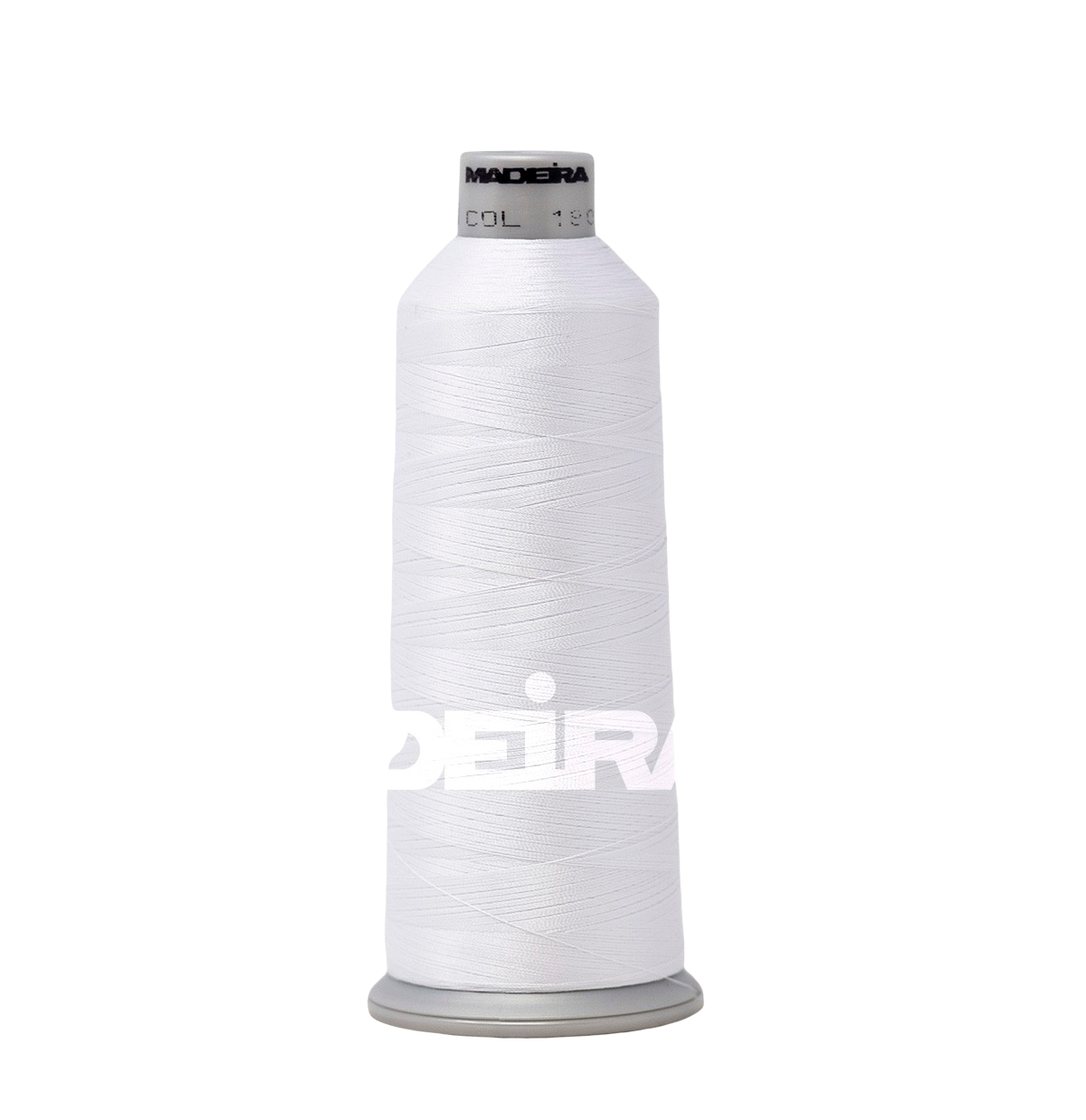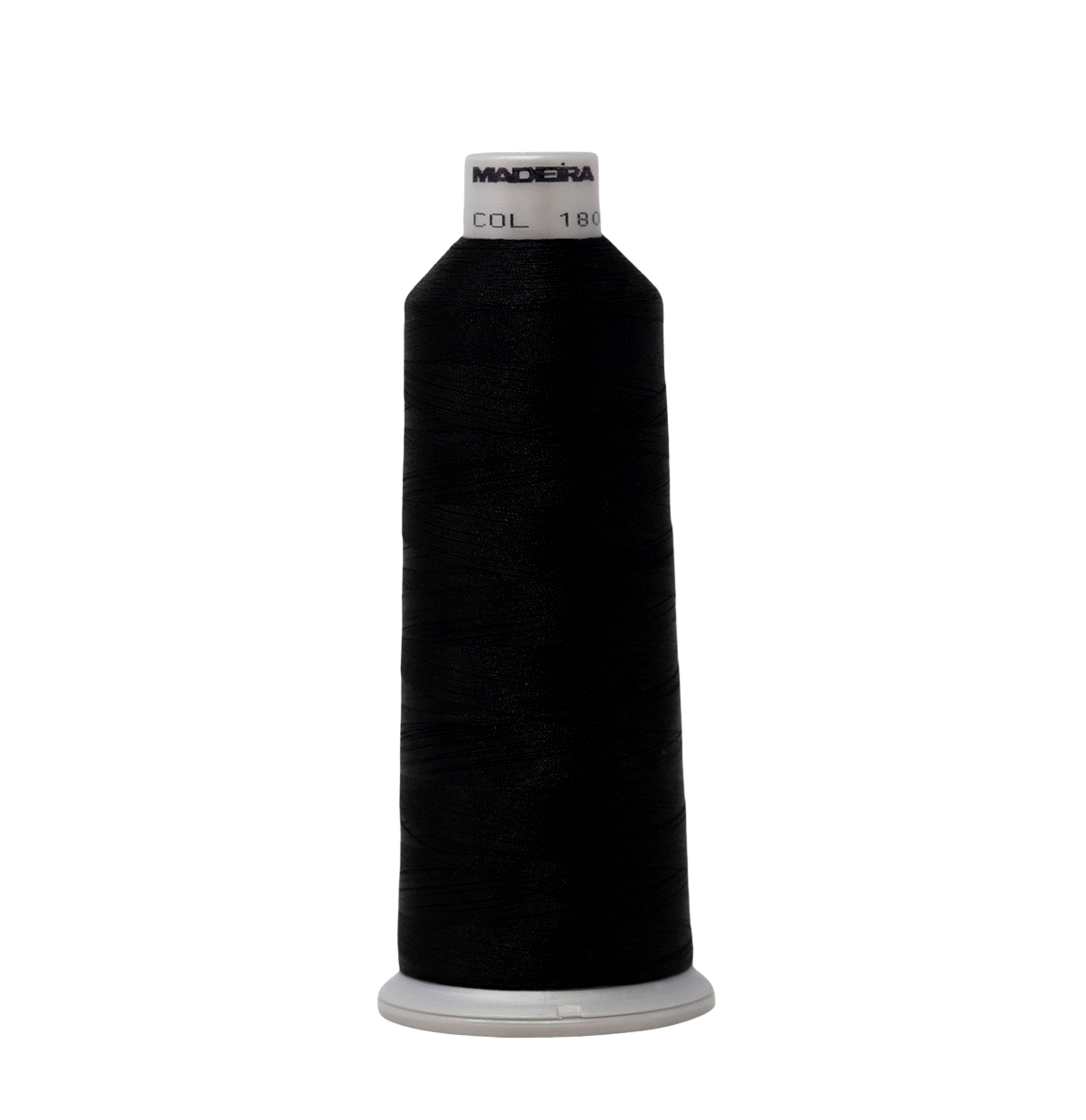Reciprocator Replacement Multi-Head
Osman Bayrak
Download the Reciprocator Replacement Instructions PDF
Replacing the Reciprocator on an SWF Multi-head.
Follow the instructions below to replace the reciprocator in the SWF multi-head
machines. The tools required are found in the tool kit that came with the machine.
Preparation
1. First, place the machine at needle #6 for the 12-needle machine, or at #8 for the 15-
needle machine. This will make the removal and replacing of the needle case
somewhat easier. Note: Once in place, do not move the manual color change knob
at anytime during the procedure. Turn off the machine.
2. Remove the thread from the needle case.
3. Remove the cover from the back of the tension base by lightly pulling down on the
top while pulling away from the tension base.
4. Remove the four screws that hold the face of the tension base to the machine. See
fig.1. The top two are Phillips head and the bottom two are 3mm allen screws. Note:
If you place the tension base on the thread stand you wont have to disconnect the
wires connected to it.
5. Remove the upper faceplate. See fig. 2.
6. Remove the wiper guide arm. See fig. 3, four Phillips head screws, two on each side
of the needle case.
Note: At the end of the machine opposite the control panel is the main shaft rotation
wheel. It should be pointing to the 100-degree mark. Make sure it stays on that mark
when removing and replacing the needle case. See fig. 4.
Fig. 1 Fig. 2
Fig. 3 Fig. 4
Removing the needle case
1. Remove the four 3mm allen head screws that secure the needle case to the sewing
head. See fig. 5. Some models may also have a plate for the start/stop switches
attached between the heads. If so, remove the two screws on each side that attach
the plates to the head you are removing. See fig. 5a.
2. Carefully lift the needle case slightly and pull the top towards you, It should come
loose easily. Do not force the needle case if it does not come loose.
3. Set the needle case assembly to the side. You will not need it until re-assembly.
Fig. 5 Fig. 5a
Removing the broken reciprocator
1. Remove the left arm guard plate. There are two flat head screws See fig.6.
2. Locate the hole at the lower left side of the head See fig. 7. There is a 2mm allen
screw in this hole. You cannot see the screw so you will have to ſfeelĜ the allen
wrench fit into the screw head. Loosen 2 to 3 turns, but do not completely remove
the screw.
3. Loosen but do not remove the two setscrews from the bearing collar at the bottom of
the reciprocator shaft. See fig.8. Take note of how it is set for proper re-assembly.
Fig. 6 Fig. 7 Fig. 8
Fig. 9 Fig. 10
4. Carefully slide the shaft up through the top of the head until the reciprocator
assembly is free of the shaft See fig. 9.
5. Remove the reciprocator assembly by sliding left until it is free of the driving lever.
Note: The needle bar drive link and collar may come loose also. Take note of their
locations for proper reassembly. See fig. 10.
Installing the new reciprocator
1. Install the collar and drive link on the new reciprocator.
2. Reconnect the drive link to the drive lever.
3. Before inserting the drive shaft back down through the top of the head, notice that
the bottom end has a flat side. As you insert the shaft, align this side to the left and
keep it facing that direction at all times.
4. Slide the drive shaft down through the reciprocator. Note: The reciprocator and
drive link will need to be at their highest position.
5. Continue sliding the drive shaft down through the bearing collar, felt oil pads and into
the bottom of the head until the top of the drive shaft is flush with the top of the head.
6. Once the shaft is in place, tighten the 2mm set screw at the bottom left of the head
that you loosened in step 2 of removing the reciprocator.
7. You will now need to reposition the bearing collar into the felt oil pad and retighten
those set screws you loosened in step 3 of removing the reciprocator.
8. Replace the left arm guard plate.
Remounting the needle case
Before remounting the needle case on a multi-head machine there are some things
to take note of. First of all if you are working with head #1, it will be slightly different
than the rest of the heads. Turn the needle case over and look at the back.
1. At the bottom is a metal rail, when remounting the needle case this rail will
have to go behind the Head rail holder set (Small bearing sticking out at the
bottom of the head). See fig.11.
2. The take-up levers have two notches, a small notch that will set on and line
up with the top of the silver take-up guide rail. And a large notch that will have
to line up with the take-up driving lever of the needle you are on. Tip: Use a
rubber band to hold all of the take-up levers level as you put the needle case
back on the head. This will help keep them all at the same position during the
remount procedure.
3. If you are remounting the needle case for head #1 you will also have a roller
base with rollers at the top of the needle case. The roller, of the needle you
are on, will fit into the color change gear. See fig. 12.
Fig. 11 Fig. 12
Remounting the needle case cont.
1. Set the lower lip of the needle case into, or behind the small bearing at the bottom of
the head. Tilt the needle case up, and with light upward pressure, set the top of the
case down onto the take up lever guide rail. If mounted properly, there should be
virtually no movement of the needle case. It may take two or more attempts to get
the needle case to seat properly on top of the head, Do not force it.
2. If the needle case is mounted correctly, the 4 bolts that hold it on should
automatically line up. If they do not, redo step 1 again. If they do, insert the 4 bolts
and tighten them. Insert all 4 before tightening any of them.
3. Turn on machine, move it through all colors one at a time. Return to center.
4. Replace the tension base using the 2 phillips and 2 allen screws. Again, start all
screws before tightening any of them all the way.
5. Replace the back cover of the tension base. It should snap closed when seated
correctly.
6. Reinstall the wiper guide arm that you took off in step #6 of the Preparation.
Note: The wiper guide arm needs to be lined up properly and tested before running
the machine. You can test it by doing a manual trim on both the first and last
needles.
















